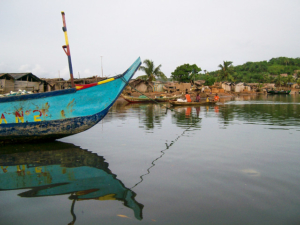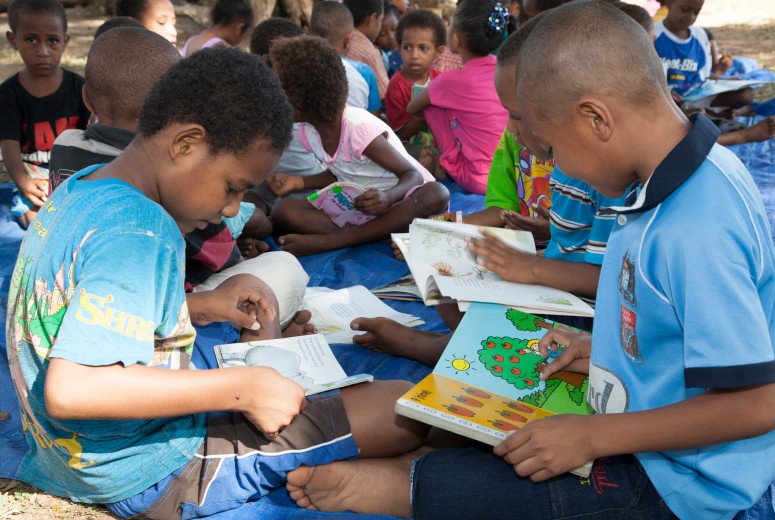
Recently, the northern Pacific island nation of Palau hosted its 25th Education Convention from July 23 to July 25, with approximately 530 public and private school teachers attending. The convention follows years of progress in improving education in Palau by increasing enrollment rates, creating primary school retention programs and prolonging the average school life for both boys and girls. All these factors allow Palau to further develop its education system.
Education in Palau and Gender
Surprisingly, girls and young women in Palau have at times had higher enrollment rates than boys and men, according to a 2008 analysis by UNICEF. The Ministry of Education of Palau even stated, “…gender disparity is not an issue in Palau. If there are any cases of gender disparity, they would involve males rather than females.”
The numbers are telling. According to the Ministry in 2005, the adjusted ratio of women to men with post-secondary education was 1.11, and the ratio of girls to boys in secondary school and primary school was 1.23 and 0.92, respectively. Furthermore, according to Palau Census Data as cited in the United Nations Millennium Development Goals (MDG) status report, a larger proportion of Palau women have reached higher education than men for a college degree since 2000, an associate degree since 2005 and a bachelor degree since 1990.
Only 1.5 percent of women 25 years old and over have no education background compared to 2 percent for men in the same age group. In the same category, 81.5 percent of women have one to four years of college education, while the number only stands at 75 percent for men.
Palau has outperformed some Pacific island countries in such efforts. The Global Partnership for Education states that in Papua New Guinea, for example, the 2016 primary completion rate for boys and girls was 84.7 and 73.5 percent, respectively. Meanwhile, Palau’s 2014 primary completion rate for boys and girls was 96.947 and 94.69 percent, respectively. Although the Pacific Education for All effort lists various concerns of gender equity, low enrollment rates and high dropout rates for many Pacific island countries, many of these metrics do not apply to Palau.
Other Improvements Still Needed
While efforts to offer better girls’ education in Palau have been successful, other metrics for assessing the education system in Palau show that there is still room for improvement: The CIA World Factbook states that the school life expectancy for women in primary to tertiary education is 18 years compared to 16 for men. Further, the male literacy rate is 96.8 percent compared while the female literacy rate is 86 percent.
Other areas of the education system require further attention. Improving the quality of instruction is one of Palau’s top priorities, as the U.S. National Center for Educational Evaluation and Regional Excellence reported in 2016 that instructors scored “relatively low” on reading, writing and math skills in an assessment test. The accompanying survey found that the teachers scored particularly low on data analysis and probability; the report additionally found that teachers who scored higher had higher levels of education, taught upper-level schoolchildren and had higher reported proficiency in English.
Other indicators show weaknesses in the education system. In 2016, the student to teacher ratio in primary and secondary schools was 12:1, suggesting the possibility of overworked teachers who may not be able to give personalized attention. In primary schools in 2018, the CBE -– Life Sciences Education found that only 40 percent of teachers possessed a high school diploma. According to UNICEF, in 2015, 29 percent possessed an Associate of Arts or Science degree, and only 9 percent possessed a Bachelor of Arts or Bachelor of Sciences. Past just the teachers, many schools do not even have adequate funding for school supplies and many buildings are in desperate need of renovations.
Tertiary education opportunities are also limited, given the small nature of Palau’s education system. With only one public high school in the country, many students attend private schools. Should students choose to attend college, the country only has one––Palau Community College (PCC). Though scholarships to attend the University of California San Diego are available, little data on tertiary education in Palau indicates few opportunities for students to expand on their education following high school.
Given that Palau has a matrilineal society and aforementioned indicators demonstrate successes in improving girls’ education in Palau and the country’s high regard for education, the main challenge is not to achieve gender parity in education but to generally boost the quality of education.
To address these concerns, the Ministry of Education has made calls for Palau schools to begin formal accreditation processes to bring more international attention to the country. Accompanying this have been efforts to implement teacher certification procedures. Studies have found varying results in English language teaching proficiency that underscore a greater need to establish training requirements for teachers and offering more opportunities for students to engage in a variety of fields, including STEM collaborations with PCC. To achieve this, the Palau government passed legislation requiring that teachers participate in a teacher preparation program at PCC.
Shaping the Landscape
International movements, organizations and regional efforts, alongside national educational improvement programs, have all helped Palau maintain high enrollment rates for girls and women and generally improve the education system. Palau’s educational achievements come almost two decades after the 2000 World Education Forum sparked Educational for All, an international movement calling for nations across the world to identify and achieve six educational goals.
With the 2006-2016 Ministry of Education’s 10-year plan to improve the quality of instruction, children have access to education from first grade until the end of high school, with compulsory primary and secondary education. The nation’s Early Childhood Comprehensive System and Head Start program––modeled similarly to American programs––provide support for families, medical services and works with Human Services and the Department of Health to help primary care providers, teachers, caregivers and families holistically care for 400 children and their development.
The ever-increasing access women have to financial stability and a wider variety of careers and roles in society throughout the past few decades have not been linked directly to women surpassing men in educational performance and attainment, according to the U.N. The 2005 census shows that women have a higher life expectancy than men, and though women are still less likely to be employed than men are, women’s median income is greater ($9,740) than that of men ($8,417). Women have “dominated” the judiciary in Palau and roles in public boards, but have yet to achieve equity in politics at the national level.
With the 25th convention coming up, the opportunities are endless for how Palau can build off its successes in creating more educational opportunities for both genders, particularly girls, by improving the overall quality of education and allowing for that education to carry over into careers and contributions to Palau society.
– Jeongyoon Han
Photo: Flickr
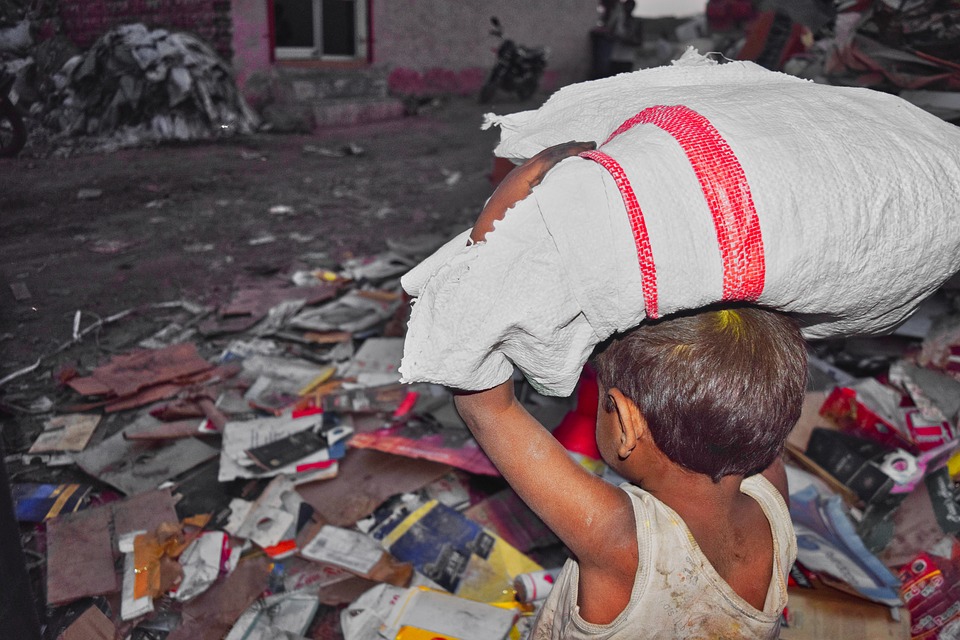

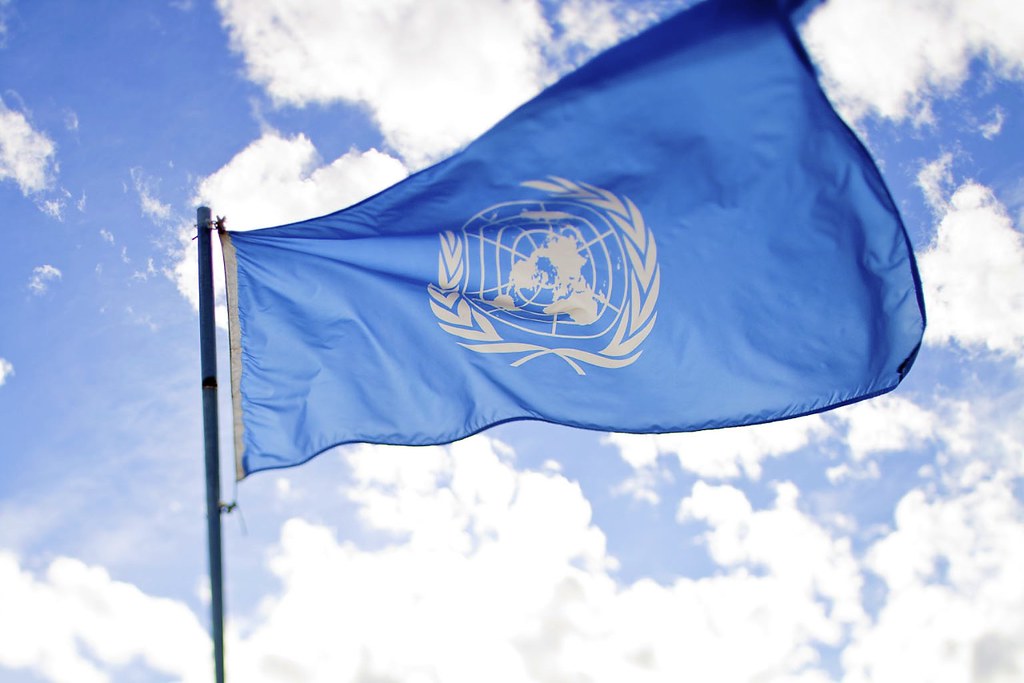 In 2018, the United Nations Development Programme implemented a new strategic plan to help developing countries achieve the Sustainable Development Goals. The plan included fast-tracking towards
In 2018, the United Nations Development Programme implemented a new strategic plan to help developing countries achieve the Sustainable Development Goals. The plan included fast-tracking towards 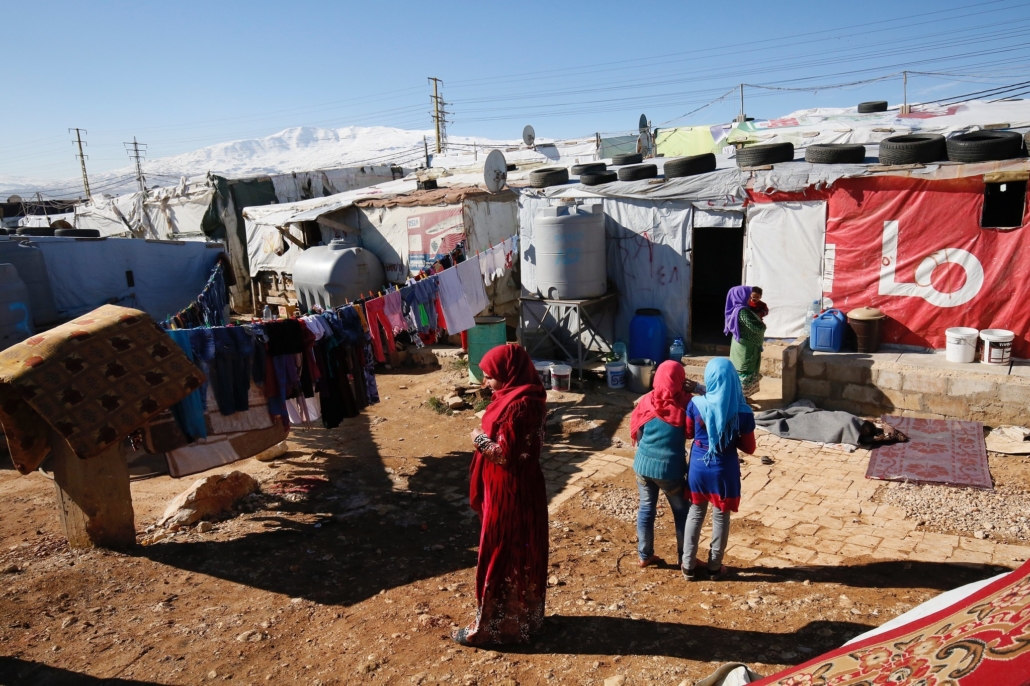


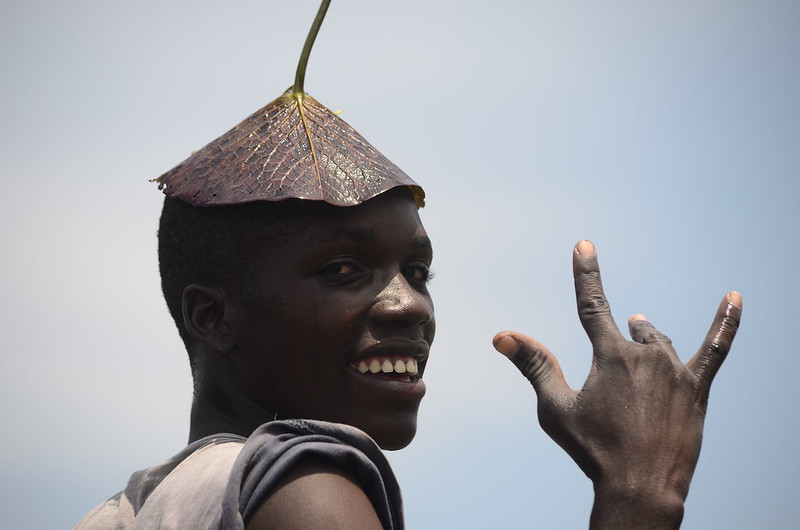
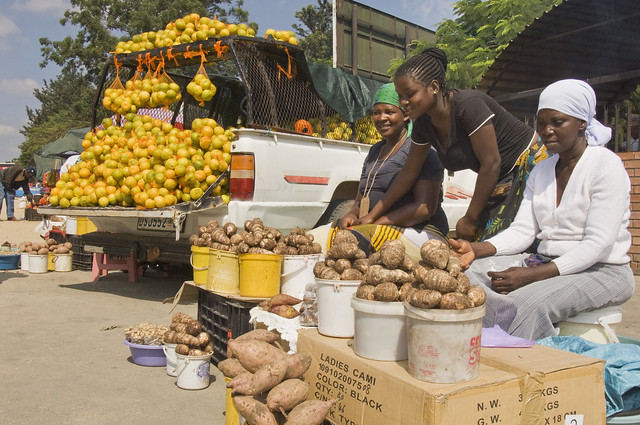 The African Continental Free Trade Agreement is the largest free-trade agreement in the world with a 1.2 billion-person market and a combined GDP of
The African Continental Free Trade Agreement is the largest free-trade agreement in the world with a 1.2 billion-person market and a combined GDP of 